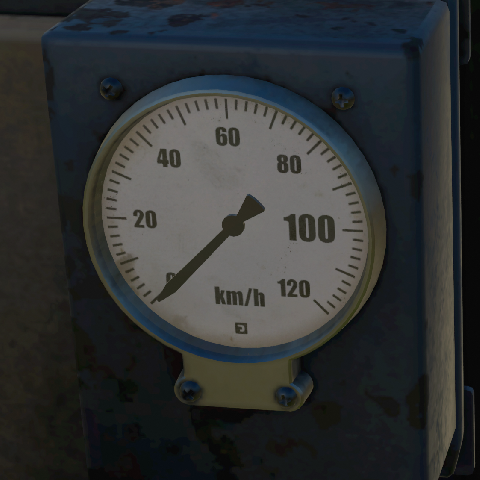Overview
Reference table for tracking how long it takes the back of your train to clear a speed limit change so you can know when to accelerate
Understanding Speed Limits
The speed limits are presented on signs alongside the track at various intervals. The speed limits are presented in units of 10kph. That is, a sign that reads “5” means the safe speed is 50kph.
However, just because the front of your train has passed a sign that indicates a higher limit does not necessarily mean it is safe for you to accelerate to this speed yet. Your train can be well over 100 meters long, and if the rear of your train is still before a sharp corner, accelerating too soon might mean the end of your train is going too fast and could derail.
In general, a safe speed for your train will be the lowest speed limit that any part of your train is within.
- When the speed limit decreases, immediately reduce speed to the new limit
- When the speed limit increases, wait for the end of your train to reach the increase before accelerating
Tracking the End of Your Train
It can be difficult to know where the end of your train is to understand when you are safe to accelerate. The following table provides a convenient method for knowing how far back your train is by tracking how long it would take the end of your train to pass a point when traveling at a certain speed.
Along the top is the length of your train, in meters. Calculate the length of your train by adding up the length of all the cars in your train. Each job lists the length of its individual set of cars, which dramatically reduces the amount of numbers to add up. From the table, use the length just longer than your train total length.
Along the left is the speed your train is traveling at, in kph. Assuming you’re traveling at a consistent speed, use the speed just below your current speed.
The values in the table itself are in seconds. When the front of your train passes a point you want to keep track of, start counting off the number of seconds for the listed speed and length (you can use the Pocket Watch for this, if you have it running already, or a “1-Mississippi 2-Mississippi…” count should be close enough). When the specified number of seconds has passed, the rear of your train will have reached the point you started counting.

